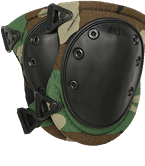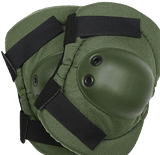Not only when performing tactical tasks, but also at work or during outdoor activities, we sometimes have to kneel down. Or we can save ourselves from falling on difficult terrain by kneeling down. If our knees are not protected, this can be a problem. Luckily there are knee pads.
Whether we are performing an official task or moving in nature, we should protect different parts of our body from injury. There is often put a lot of pressure on the knees – but we usually neglect these joints, which are essential for mobility. At the same time, we sometimes have to assume the kneeling position willy-nilly. But if there is a sharp stone or a shard under us at that moment, it is nothing enviable. Especially when we have nowhere to treat any injuries.
Similar situations can be avoided quite well. And that's thanks to knee pads. You can use them preventively, whatever your current task is. In fact, you can use them at any time during physically demanding activities. But what exactly are knee pads and what do they look like?
Internal and external protecting pads
Knee pads are a protective piece of equipment that can at least partially absorb the impact that our knees would otherwise have to "process". At best, you could get out of it with a dull ache or a bleeding knee, at worst, a fracture. We divide knee pads into internal (inner) and external (outer). The inner ones often consist of only one (lining) and sometimes of two (plus a shell) parts and are inserted into special pockets, while the outer ones have an outer hard layer and their components also include straps with which they are fastened in the area below the knees.
A more common solution
The more common solution is probably the external knee protectors, which are used not only by members of the military, but also by some athletes (climbers, skateboarders...). In short, wherever there is a risk that you could injure your knees by falling. The outer layer of hard, mostly plastic material prevents the penetration of sharp and solid objects towards the knee and thus minimizes the likelihood of its mechanical damage.
We also have an insert (lining), or anti-shock layer, which is made of a softer material such as neoprene or foam. The anti-shock layer absorbs the energy generated during the impact so that your knee does not have to absorb it. Again, this would mean possible injury. And finally, the mentioned straps are part of the outer knee protectors, with which we attach the protectors under the knees. The plus of external protectors is usually better protection of the joints, the minus is the fact that we have to put them on before every action and then take them off again.
In special pockets
The inner knee protecting pads can be easily put on and taken off together with the trousers. Naturally, these must be fitted with special insert pockets for these purposes. Fortunately, we can find such a solution for most tactical pants and even some outdoor ones. Inner protecting pads have the advantage of being more low-profile and more stable than outer protecting pads (they don't slide), but they don't absorb shock as well (generally speaking). They often lack a hard outer layer (shell) and thus consist practically exclusively of a soft inner (anti-shock) layer.
But then there is a second variant of internal protectors, which are fitted with an outer hard layer, i.e. a shell, and are thus more effective against the impacts of harder impacts or falls. However, they are naturally a bit more expensive.
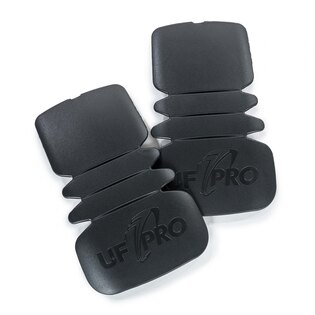
UF PRO® Solid knee pads
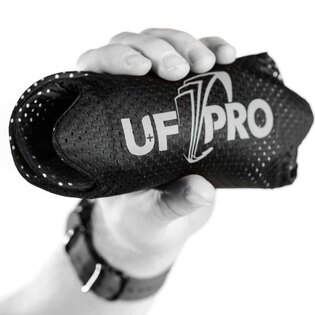
UF PRO® 3D Impact knee pads
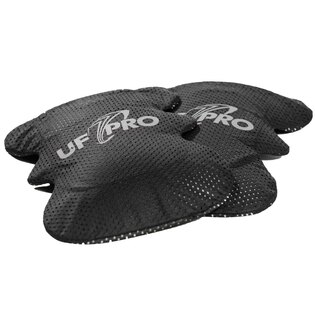
UF PRO® 3D Cushion knee pads
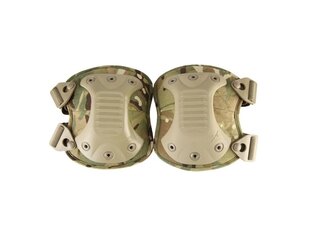
Knee pads original British army / new
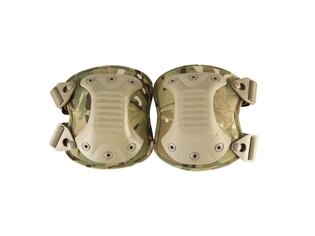
Knee pads original British army / used
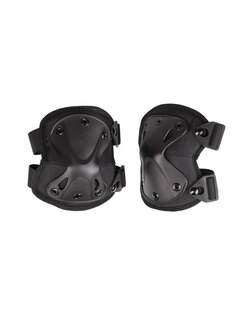


Protect Mil‑Tec® knee pads
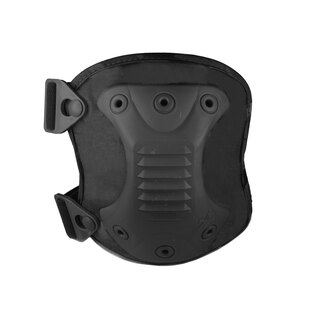


Source® knee pads
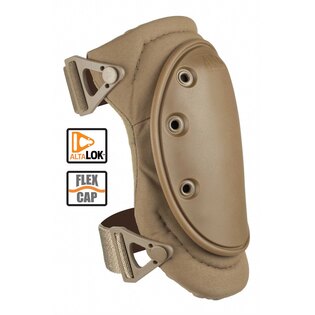


Knee Pads ALTA® AltaFLEX AltaLOK™
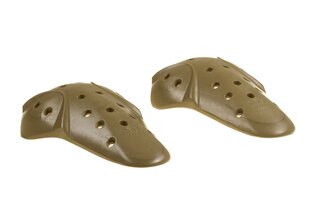
Knee Protectors P5 D3O® ‑ Coyote
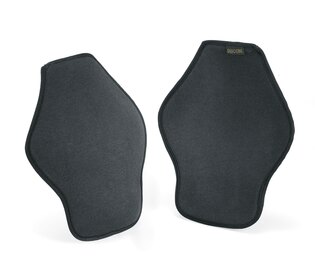
Low Profile Knee Protection Pads Defcon5® ‑ black
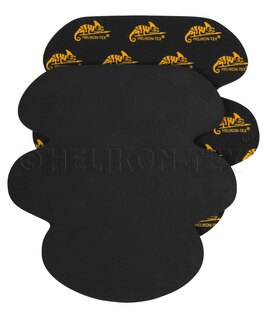
LOW‑PROFILE PROTECTIVE PAD INSERTS
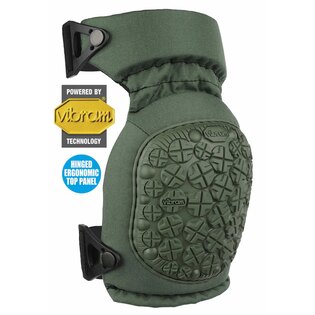


Knee Pads ALTA® AltaCONTOUR 360 Vibram
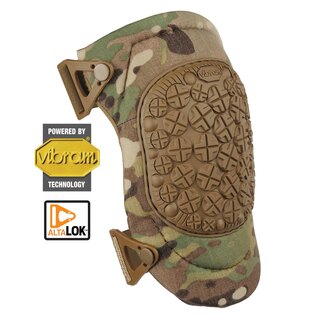


Knee Pads ALTA® AltaFLEX 360 Vibram
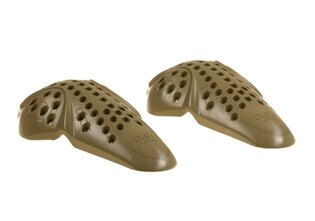
Knee Protectors P9 D3O®
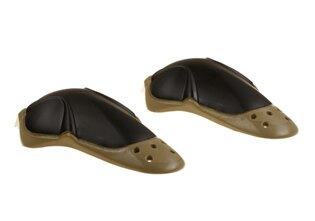
Knee Protectors P7 D3O® ‑ black
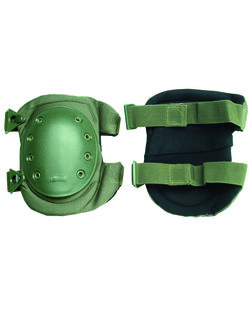


Mil‑Tec® Professional knee pads
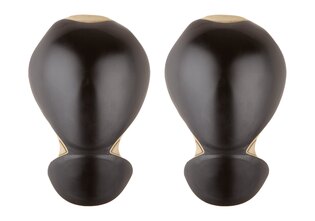
D3O® P8 insert knee pad
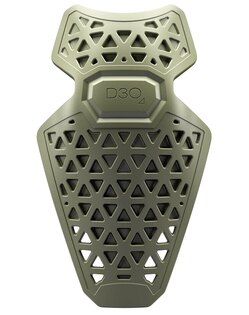
D3O® P12 Insert knee pads
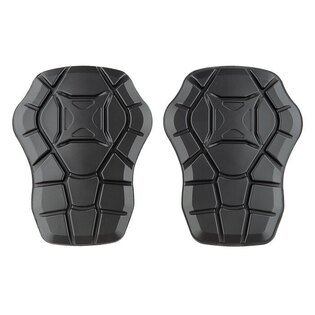
Vertx® insert knee pads
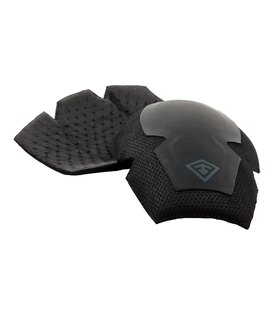
First Tactical® Internal Knee Pads ‑ black
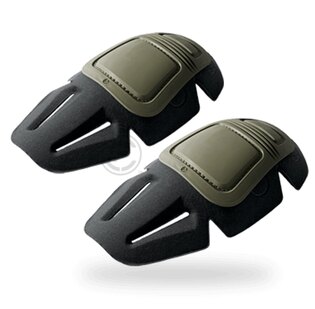


Crye Precision® AirFlex™ Knee Pads
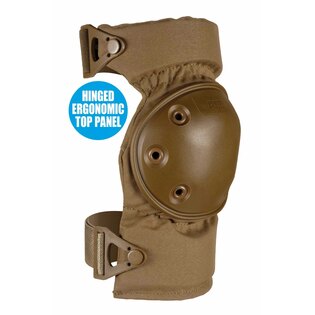


ALTA® AltaCONTOUR™ AltaLOK™ knee pads
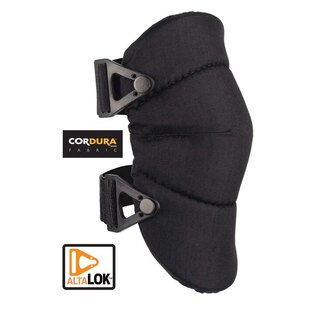


ALTA® AltaSOFT™ knee pads






































































































































